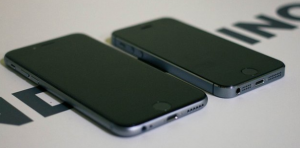Passbook frees consumers from organizing all kinds of physical boarding passes, ticket, loyalty cards, and coupons. By scanning codes, you can easily store your air ticket on your smartphone and head for the airport without it. Mobile payment is based on the non-coin currency concept, which means consumers can make payment on their mobile devices, without using cash, cheque or credit cards.
Theoretically speaking, passbook and mobile payment may eventually take the place of the real wallet. But in the short run, “passbook + mobile payment” model provides marketers opportunities to promote sales. Say, suppliers could jump into passbook and Google wallet to renew their coupons and loyalty cards, and it’s more cost-saving to hand out them online. Also, they can take advantage of a customer’s proximity to extend the right offer, at the right time, in the right place, leading to stronger conversion rates and increased engagement[1]. The most important part is, good management and quick payment do help customers to go into the stores and buy more. Just imagine, when you see all your coupons and loyalty cards are well organized and displayed in your phone, when you see them updated frequently, which makes you assume that there are lots of favorable products over there, how can you resist your temptation to purchase?!
http://en.wikipedia.org/wiki/Mobile_payment
http://www.mobilepaymentstoday.com/articles/apple-pay-creates-new-opportunities-for-marketers/
https://developer.apple.com/passbook/


